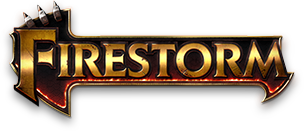-
Announcements
-

Securing a Firestorm Account 11/16/19
Securing your account is very important, so please read our guideline here:
-
Sign in to follow this
Followers
0

3D Puff Embroidery For Hats And It’s Hacks
Started by
James122,
1 post in this topic

This topic is now closed to further replies.
Sign in to follow this
Followers
0
